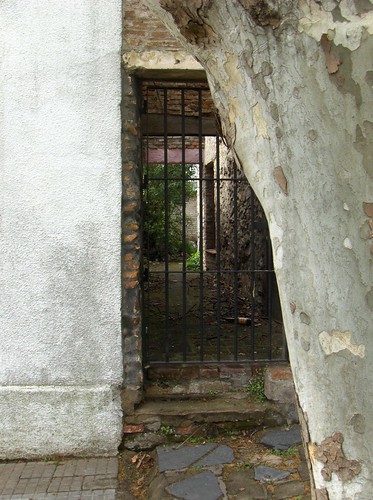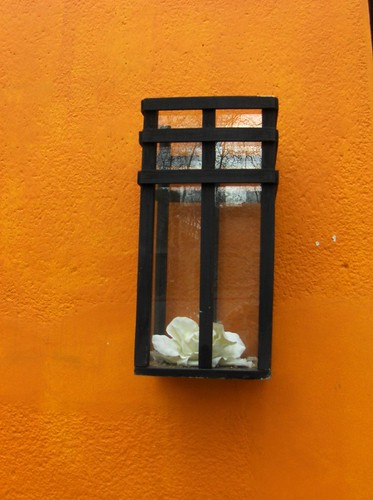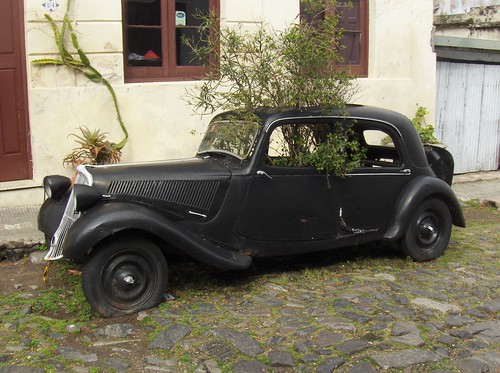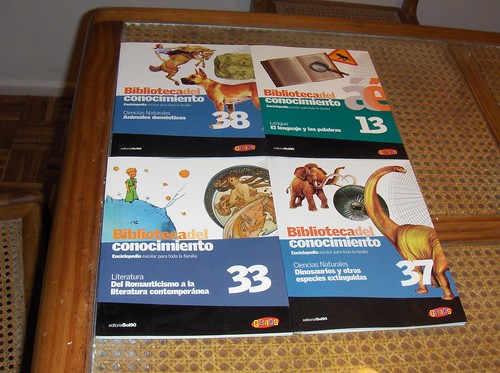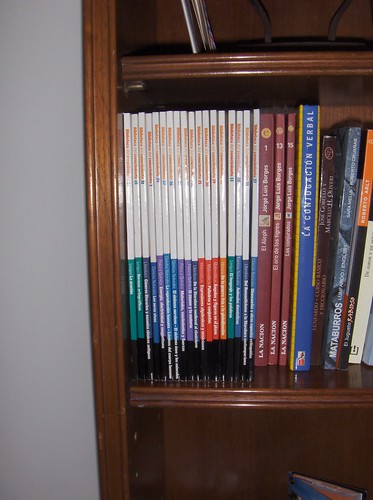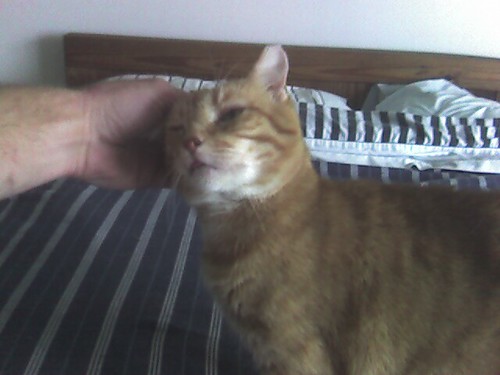Four translations of Villon's "Ballade de bonne doctrine a ceux de mauvaise vie" (~1461)
Ballad of Good Doctrine
To Those of Evil Life (H. De Vere stacpoole, 1914)
Ye who be smugglers of papal bulls,
Or cheaters at dice, whatever be ye --
Coiners who risk life and limb like fools,
Then boil in hot oil for their felony,
Traitors disloyal -- ye know who ye be --
Stealers of jewels, of perfume and pearls:
So where goes it all, that ye get in fee?
All to the taverns and to the girls.
Rhyming and jesting, cymbals and lutes --
Don ye these emblems of minstrelsy.
Farce and imbroglio, music of flutes --
Try these in hamlets or Gay Paree.
Go mumming in masque or mystery,
Win money at cards, or at ninepin hurls.
But 'tis of no use1 It'll flow, hear ye me,
All to the taverns and to the girls.
Ye shrink before such a hard-knocks school --
Play safe, then, with honester husbandry:
Of horses be grooms, go tend to a mule,
Plow ye the fields, here and there plant a tree.
And should ye be short on Latinity,
As lowly in learning as poor pleasant churls,
Just work, lest your hard-earned pennies flee
All to the taverns and to the girls.
Envoi:
Your stockings and doublets, your fine drapery,
Every last rag that around ye furls,
Ere ye be done, will have slipped, ye shall see,
All to the taverns and to the girls.
BALLAD OF GOOD DOCTRINE TO
THOSE OF ILL LIFE. John Payne
SMUGGLE indulgences, as you may:
Cog the dice for your cheating throws.
Try if counterfeit coin will pay,
At the risk of losing your ears and nose :
Deal but in treason, lie and glose,
Rob and ravish : what profits it ?
Where do you think the money goes ?
Taverns and wenches, every whit.
Flute and juggle and cymbals play :
Follow the mountebanks and their shows :
Along with the strolling players stray,
That wander whither God onlv knows :
Act mysteries, farces, imbroglios :
Gain money by cards or a lucky hit
At the pins : however if s got, it goes :
Taverns and wenches, every whit.
Turn from your evil courses, I pray.
That smell so foul in a decent nose :
Earn your bread in some honest way.
If you have no letters, nor verse nor prose,
Plough or groom horses for food and clothes.
Enough shall you have if you stick to it:
But throw not your wage to each wind that blows :
Taverns and wenches, every whit.
ENVOI.
Doublets, pourpoints and silken hose,
Gowns and linen, woven or knit,
Ere your wede's worn, away it goes :
Taverns and wenches, every whit.
A BUG IN THE EAR TO ALL CHILDREN OF DARKNESS Peter Dale
Whether you counterfeit your brass
and end so oiled you boil and bake;
traitors whose credit wouldn't pass;
or peddle pardons; learn to shake
the loaded dice; or maybe take
to filching in and out of doors -
where does it go, the money you make?
All to the taverns and the whores.
Rhyme or rail or clash your brass,
like shameless fools that always fake;
mime, mum, or try some magic pass;
or if in towns and cities, make
miracles, mysteries, jigs; or take
a trick or two or skittle scores -
soon gained, soon gone! (You still awake?)
All to the taverns and the whores.
If depths like these are not your class,
then plough up fields or drive a rake;
or turn to doctoring horse and ass.
But only if you cannot take
to book and pen. A crust you'll make.
Yet if you've slaved at prison chores
you haven't lifted loot to take
all to the taverns and the whores.
Envoi
Before you do much worse then, take
trousers and shoes and all that's yours,
gowns and the silks for your own sake
all to the taverns and the whores.
and - my absolute favorite -
V's Straight Tip to all Cross Coves (W.E. Henley, late 19th century)
Suppose you screeve? or go cheap-jack?
Or fake the broads? Or fig a nag?
Or thimble-rig? Or knap a yack?
Or pitch a snide? or smash a rag?
Suppose you duff? or nose and lag?
Or get the straight, and land your pot?
How do you melt the multy swag?
Booze and the blowens cop the lot.
Fiddle, or fence, or mace, or mack;
Or moskeneer, or flash the drag;
Dead-lurk a crib, or do a crack;
Pad with a slang, or chuck a fag;
Bonnet, or tout, or mump and gag;
Rattle the tats, or mark the spot;
You cannot bank a single stag;
Booze and the blowens cop the lot.
Suppose you try a different tack,
And on the square you flash your flag?
At penny-a-lining make your whack,
Or with the mummers mug and gag?
For nix, for nix the dibbs you bag!
At any graft, no matter what,
Your merry goblins soon stravag:
Booze and the blowens cop the lot.
The Moral:
It's up the spout and Charley Wag
with wipes and tickers and what not.
Until the squeezer nips your scrag,
Booze and the blowens cop the lot.
Explanations of the slang terms appearing in the translation above, and a brief biographical sketch of Villon, may be found at this excellent link:
cant The challenges of translating this poem are beautifully discussed in Chapter 7 of Douglas Hofstadter's book on translation "Le Ton beau de Marot"*. All but the Payne translation are taken from that book.
One of my Favorite. Books. Ever.
And yes. You've guessed right. It makes me want to learn French. Properly this time.
Which solves the 2009 problem.
